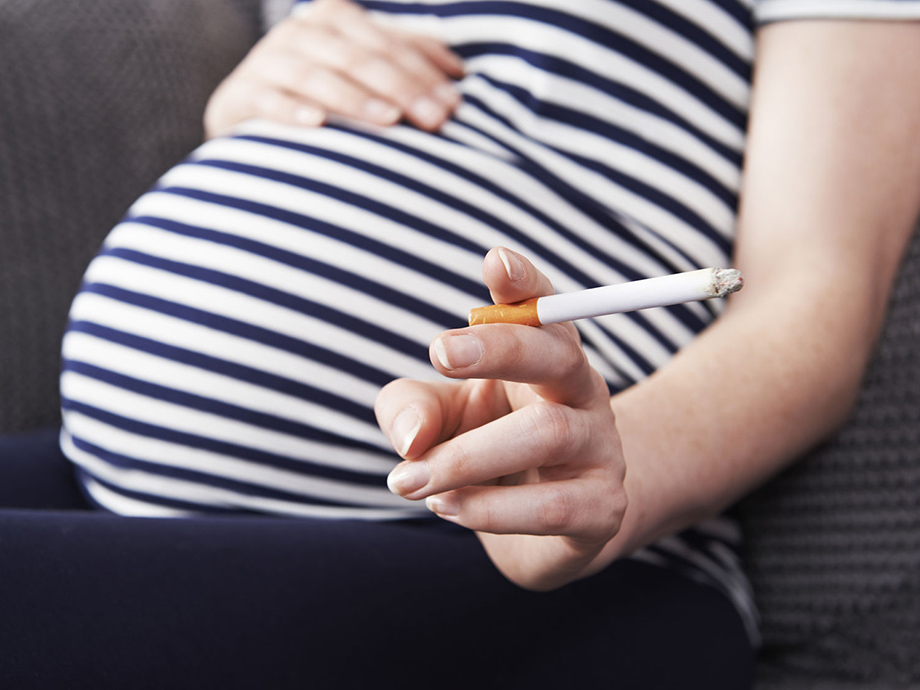CDC Report
Despite Known Dangers, Women Still Smoke During Pregnancy
March 06, 2018, 03:07 pm News Staff – Maternal tobacco use during pregnancy has been linked to a variety of negative infant and child outcomes, including low birthweight, preterm birth and various birth defects, according to the CDC.

That's why when the agency's National Center for Health Statistics released a data brief on Feb. 28, it was disheartening to see that one in 14 women who gave birth in the United States in 2016 reported that they had smoked cigarettes during pregnancy.
The 2016 natality data file compiled by the CDC's National Vital Statistics System is the first to offer statistics on maternal cigarette smoking during pregnancy for all states and the District of Columbia. Those data are drawn from U.S. Standard Certificate of Live Birth forms, which in 2003 were revised to require inclusion of information on maternal cigarette smoking before and during pregnancy.
In addition to breaking down this information by state of residence, the CDC's report categorizes the prevalence of maternal cigarette smoking during pregnancy by maternal race and Hispanic origin, age and educational attainment.
By state, the prevalence of cigarette smoking during pregnancy was highest in West Virginia (25.1 percent), followed by Kentucky (18.4 percent), Montana (16.5 percent), Vermont (15.5 percent) and Missouri (15.3 percent).
The prevalence of smoking during pregnancy was lowest in Arizona, California, Connecticut, Hawaii, New Jersey, New York, Nevada, Texas, Utah and Washington, D.C.; each had a prevalence of less than 5 percent.
Women ages 20-24 were most likely to smoke during pregnancy (10.7 percent), followed by women ages 15-19 (8.5 percent) and those 25-29 (8.2 percent). Smoking during pregnancy was least prevalent among those ages 45 and older (2 percent) and younger than age 15 (2.5 percent).
Hispanic (1.8 percent) and non-Hispanic Asian women (0.6 percent) were least likely to smoke tobacco during pregnancy. The highest prevalence of smoking during pregnancy was among non-Hispanic American Indian or Alaska native women (16.7 percent); non-Hispanic white women (10.5 percent) had the second-highest rate. The prevalence among non-Hispanic black women was 6 percent.
Finally, the CDC said smoking during pregnancy was least prevalent among women with a master's degree or higher (0.4 percent). The highest rates were among women with a high school diploma or GED (12.2 percent), followed by women with less than a high school diploma (11.7 percent) and women with some college or an associate's degree (7.9 percent). Women with a bachelor's degree or higher had a prevalence of smoking during pregnancy of 1 percent or less. Education data were collected only for women 25 or older.
Related AAFP News Coverage
CDC Offers Fetal Alcohol Spectrum Disorders Resources
AAFP Resources Among Those the Agency Is Touting
(2/1/2018)
More From AAFP
Familydoctor.org: Tobacco, Alcohol, and Drugs During Pregnancy